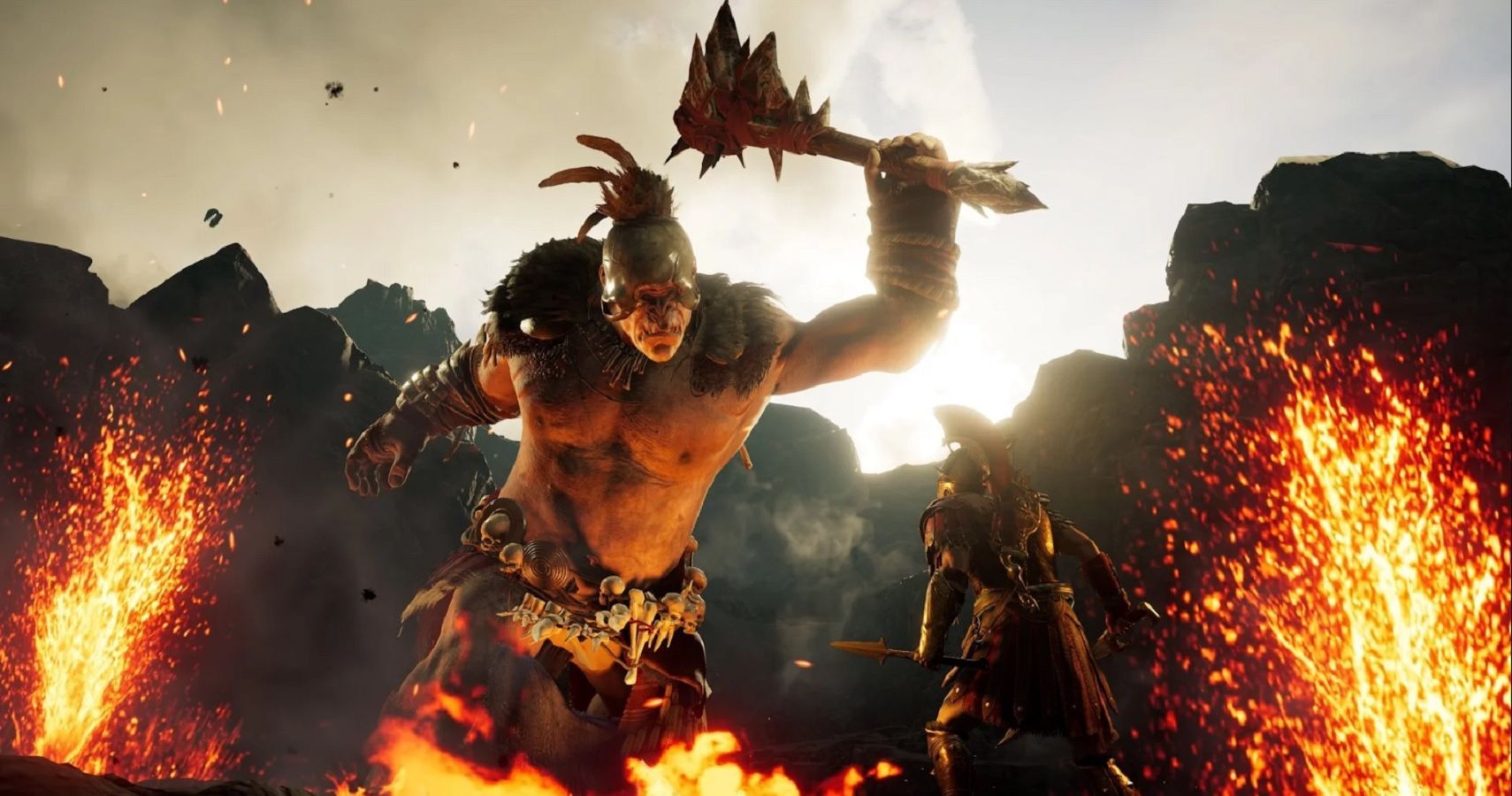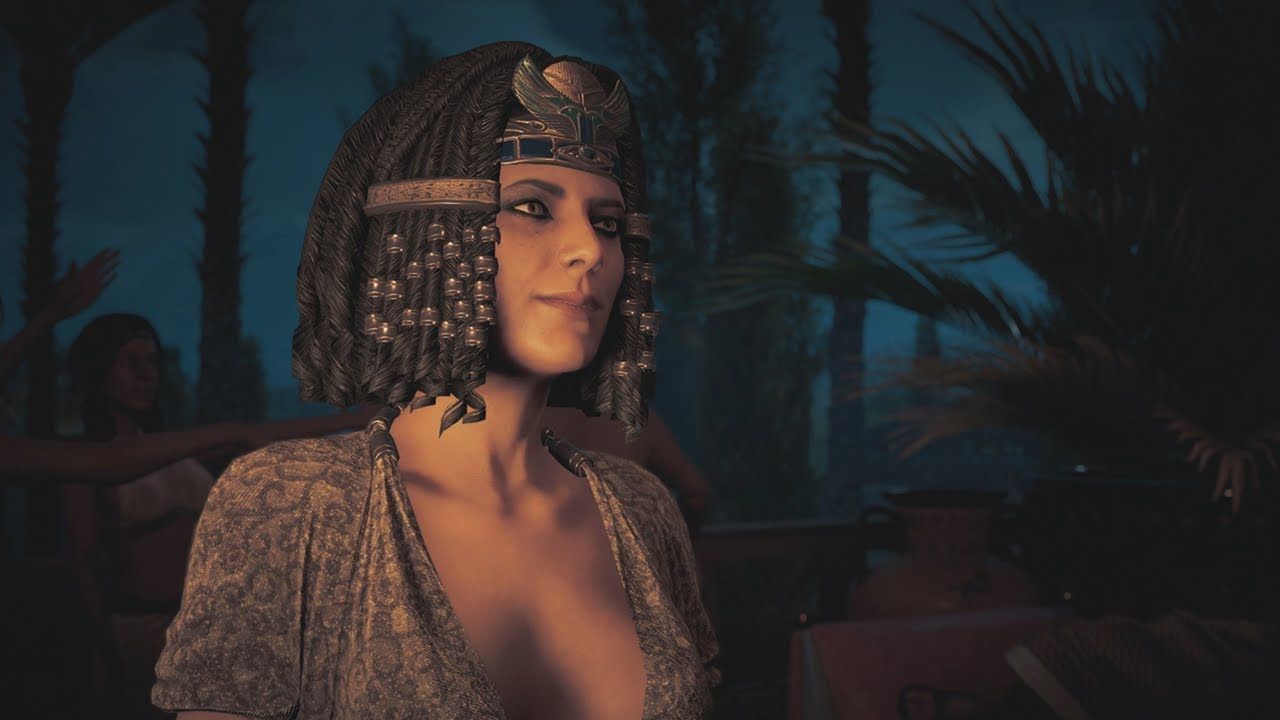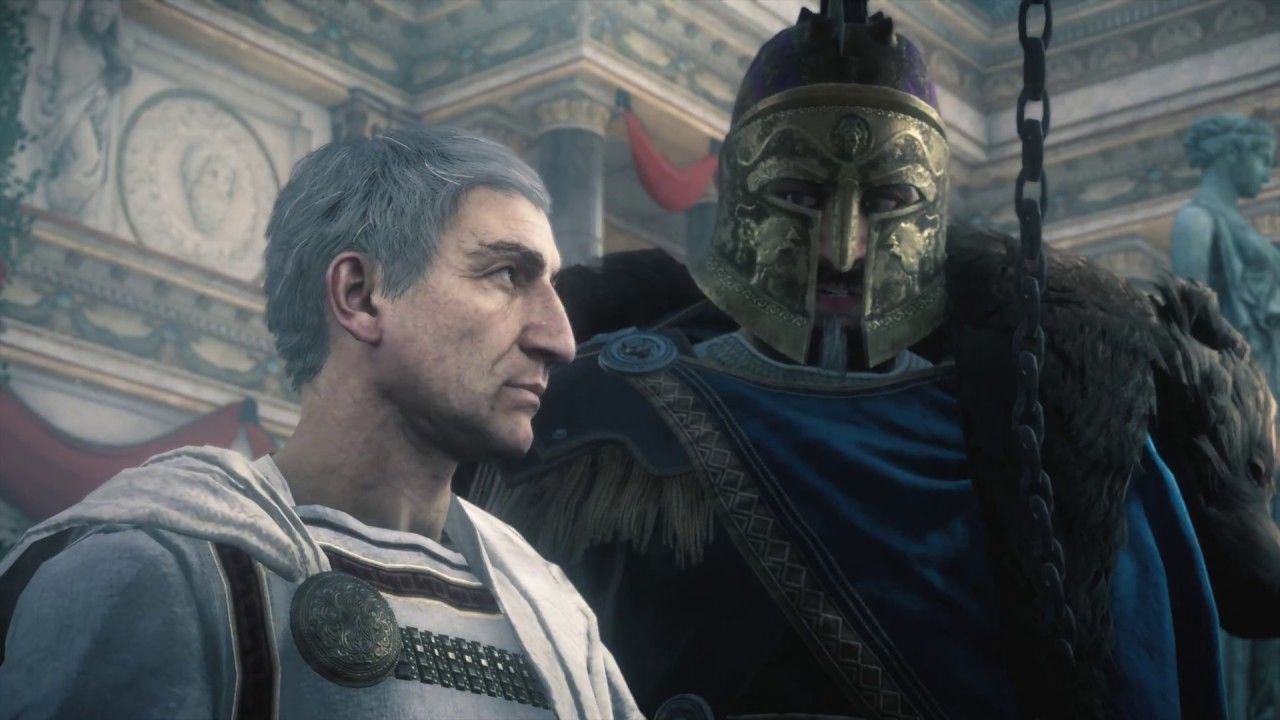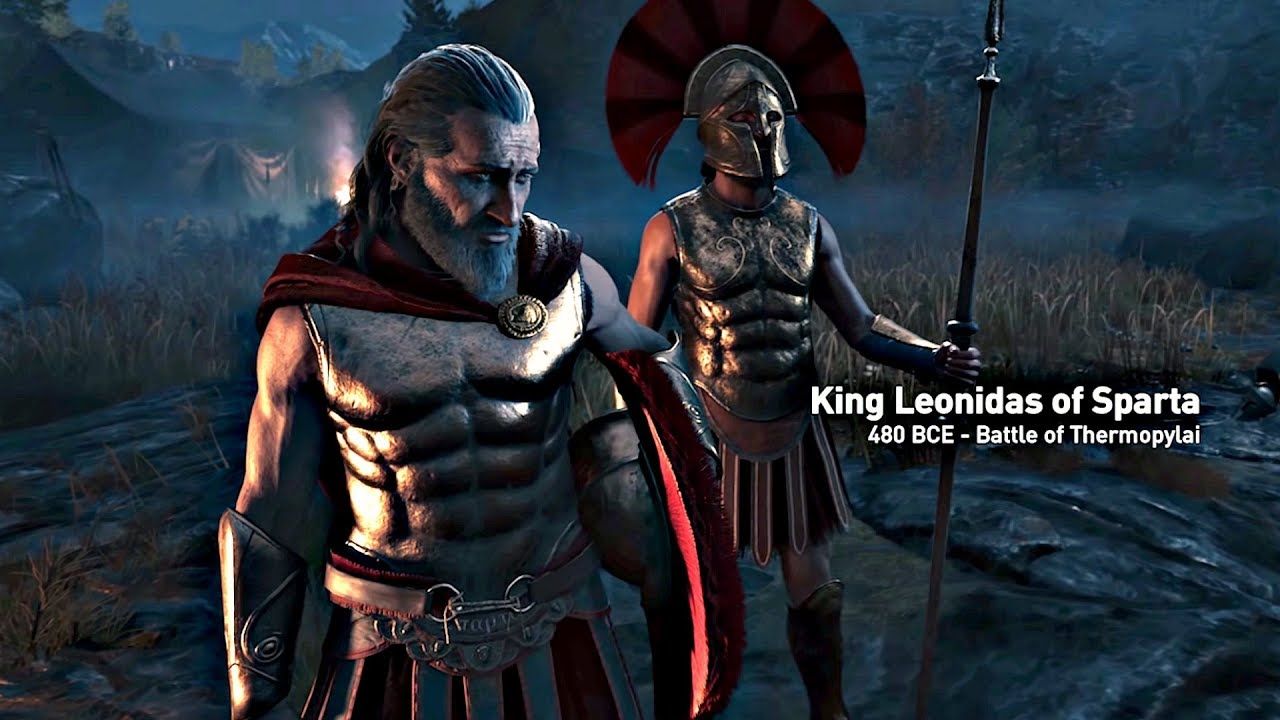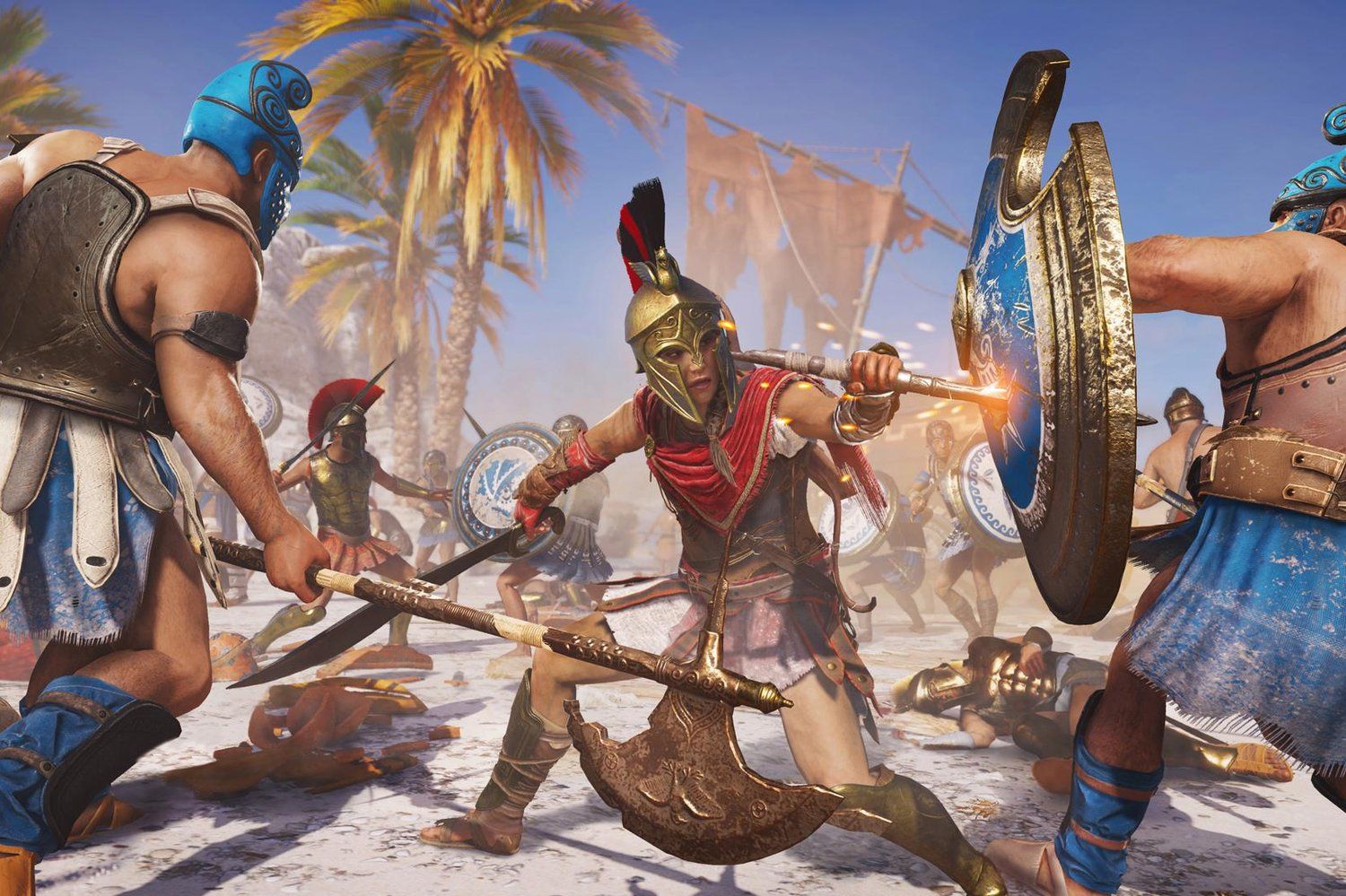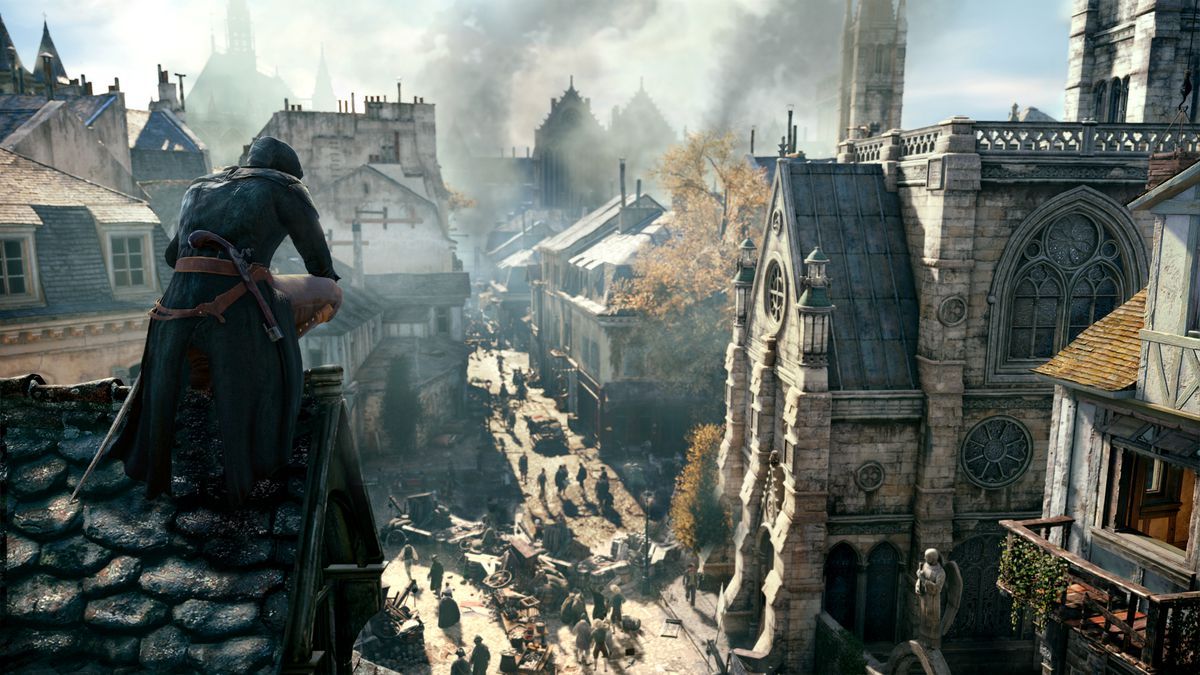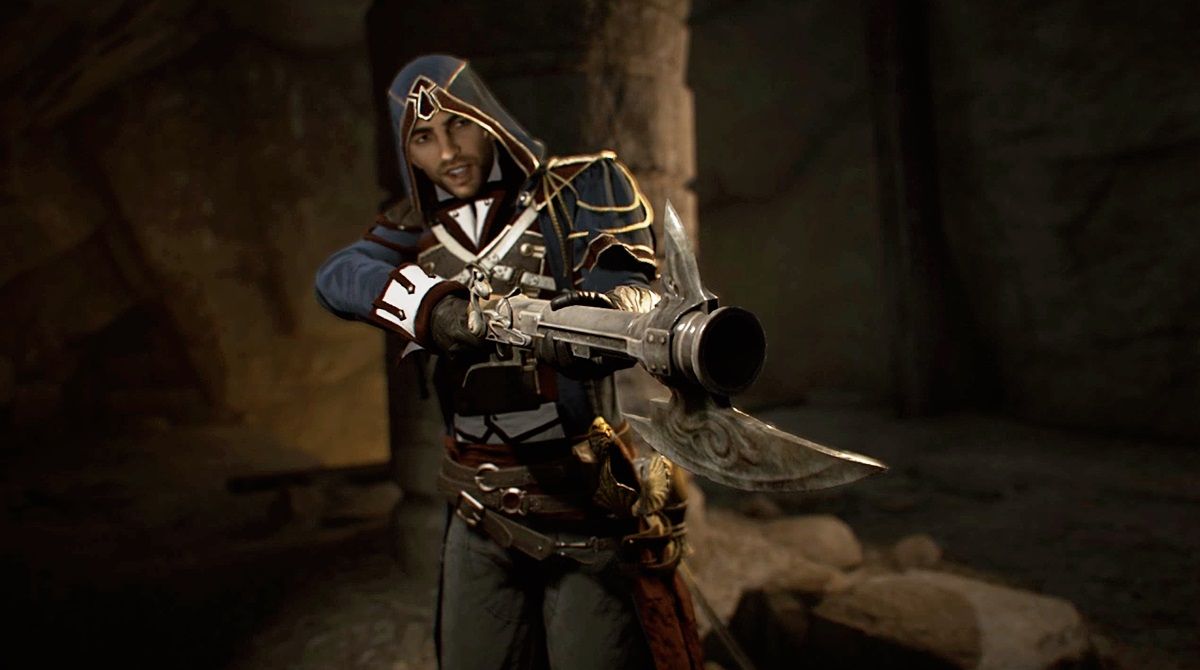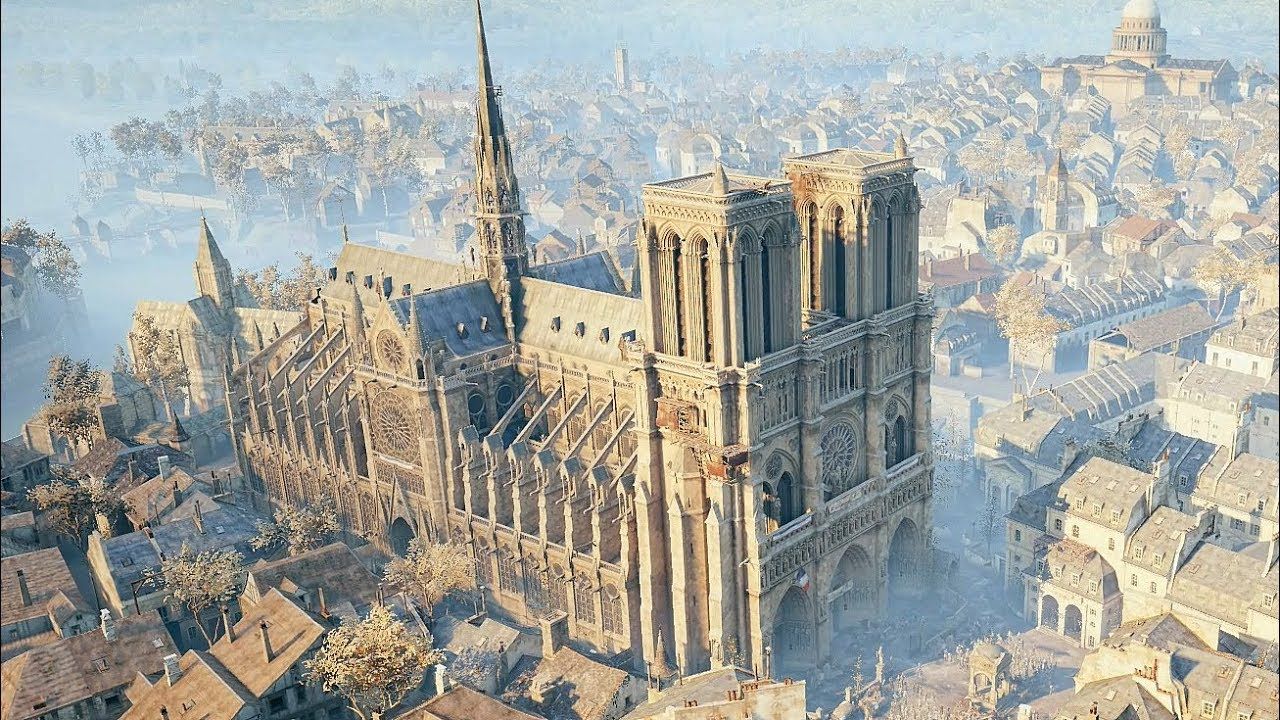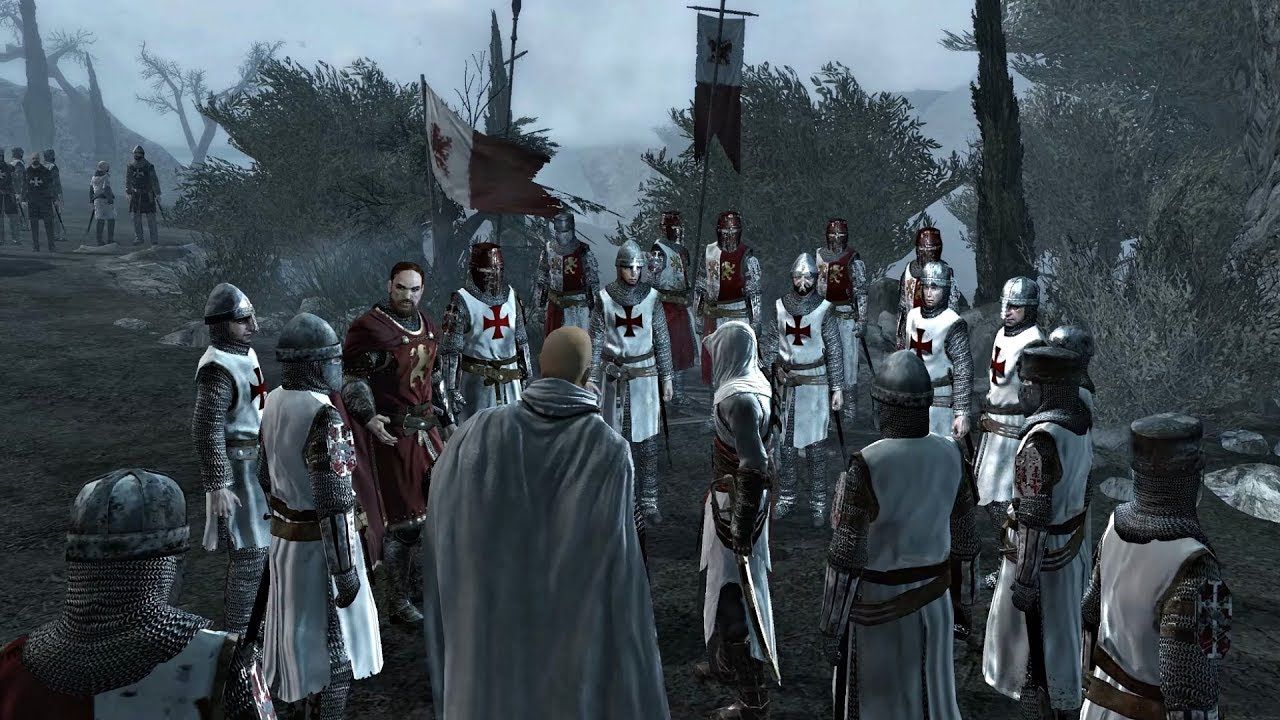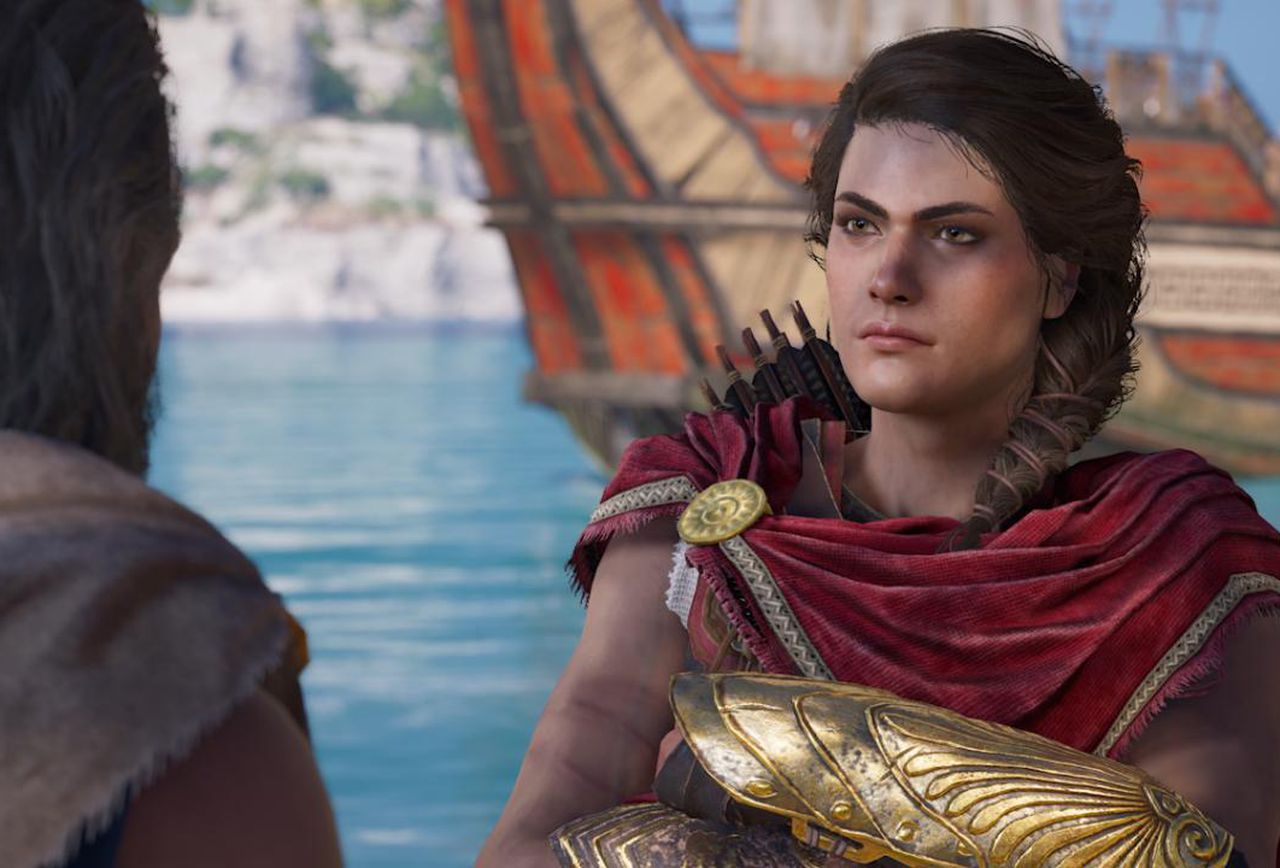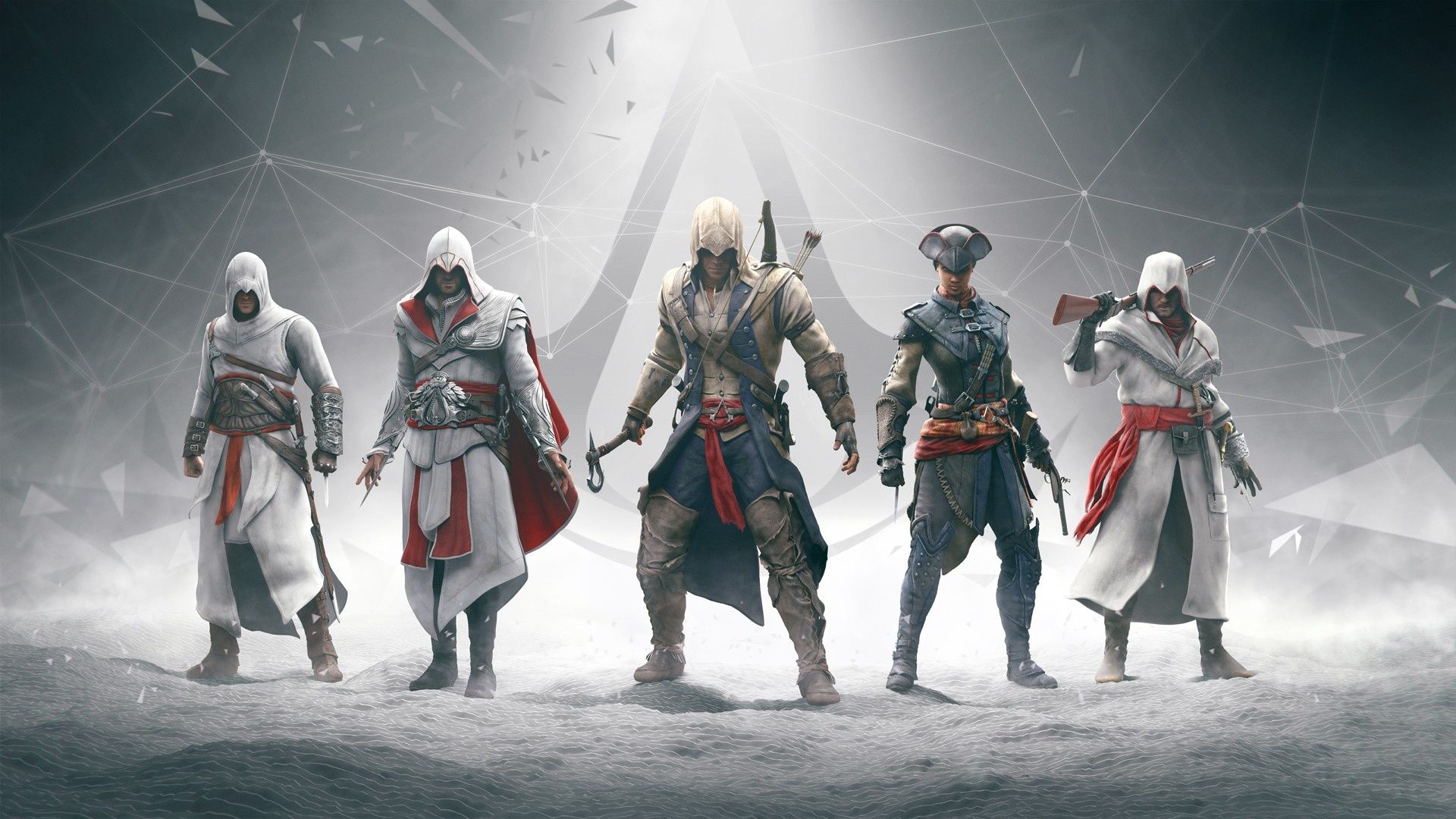Not many games look to our history as a prime inspiration. Most of them are usually based on World War II or some other period wars, but action games almost always never employ non-fiction stories. That's why the Assassin's Creed games are so unique, they're semi-historical but also have their own fictional game world. It might not feel THAT special since we get one almost every year, but it's hard to imagine the gaming community without Assassin's Creed.
They're like a staple diet of gamers at this point, like Call of Duty or battle royale games. However, before you substitute your history lessons for Assassin's Creed games, do note that they're mostly historical fiction. The developers themselves have taken some liberties with them; here are five of the most glaring and overarching of those liberties and five historical accuracies which ought to make you feel like a discount history major. By the way, we won't fuss about the minor details or the obvious fantasy/sci-fi elements; otherwise, this list could go on forever.
10 HISTORICAL FIGURES (ACCURATE)
Leonardo da Vinci, Niccolo Machiavelli, Julius Caesar, Socrates, Karl Marx, and many more. You don't have to be a genius to know that those people existed in real life. More than that, they have also been incorporated by developer Ubisoft in their many Assassin's Creed games both as enemies and supporting characters. So, how well do they hold up compared to their textbook counterparts? Pretty good.
Their actions, appearances, clothing, and even their motivations are well-researched and well-applied. Even their accurate deaths and some of their most famous quotes and deeds are all included in the games. It's almost like a blast from the past where you get to talk to the greatest people who once walked our world. Heck, you can even assassinate some of them.
9 PEOPLE'S HEIGHTS (INACCURATE)
In stark contrast to how accurate some of the historical celebrities are in Assassin's Creed games, some members of its common fodder population tend to stick out like sore thumbs. We're talking about the hordes of seven-foot-tall Roman Legionnaires, meat mountain Greek hoplites, or huge Papal Guards. Obviously, people have no business being that tall back then.
Even if there were some vertical anomalies, they wouldn't be able to pack in muscle or strength due to the poorer nutrition and availability of food. Sadly, it seems that was the only way for Ubisoft to make varied enemy designs and to make other enemies look visually imposing. It does detract from the immersion, but it's somewhat a fair price to pay for gameplay variety
8 HISTORICAL EVENTS (ACCURATE)
Since historical people are present in every Assassin's Creed game, there are bound to be historical events as well. Some of them are heavily modified and even bastardized (such as the French Revolution in Assassin's Creed Unity) but for the most part, they play out just fine and are incorporated well enough into the gameplay. Knowing they exist in that specific time period is usually good enough to suspend your disbelief.
Some of these events are a big deal in our history books, such as the Boston Tea Party, the Battle of Thermopylae, Caesar and Cleopatra, and many others. You get to see them unfold and even have a (fictionalized) part in them. This can be a double-edged blade, however, since knowing your history lessons well enough can become spoilers for the stories of Assassins Creed games.
7 COMBAT STYLES (INACCURATE)
Video games are similar to Hollywood movies in that they prioritize spectacles over practicality or even logic sometimes. Assassin's Creed games are no exception; the combat in these games is something that will never work in real life or even existed in history. It's the spin attacks of characters which mostly give away the realism (no one does that, even in combat sports).
Bigger issues with the games' combat arise whenever the AI start bumping into each other. It's more of a technical issue and limitation, but how hard can it be to incorporate Phalanx warfare in Assassin's Creed: Odyssey? Instead of believably staying in formation during a big battle, the hoplites of ancient Greece in Odyssey fight like soldiers in the Medieval era, which is odd because their weapons were not made for that kind of combat.
6 THE CITIES (ACCURATE)
It's not just the historical figures which are the biggest nod to history in Assassin's Creed games, it's also the setting. The setting is the star of the show and the number one factor fans will look for in the game sequels. That's because the developers tend to go all out with recreating the cities, essentially making the Assassin's Creed games a digital experience into the past.
They have done this with Paris, Athens, Florence, Rome, and even London. Some of them are even 1:1 in ratio, meaning an exact replica of the city during that time period. Of course, most of the buildings were placed there merely as non-interactive structures due to technological limitations but later games (Unity, Origins, Odyssey) are starting to make each and every building more than just map fillers.
5 WEAPONS FUNCTIONS (INACCURATE)
If the combat is inaccurate, then so are the weapons functions. It's not hard to see some enemies or even your own character in the game misusing some of the most common weapons in the game like spears or kopis swords in favor of exhibition or due to lack of animations. Oddly enough, in Odyssey again, your character lacks one of the most common tools during the Peloponnesian War (the time period of the game), which is the shield. It arguably makes your character less cool.
Apart from that, several other Assassin's Creed games have taken lots of liberties with their weapons such as the flintlock pistols and muskets from Black Flag which reload too fast. Not to mention they are notoriously inaccurate guns in real life but enemies can still snipe you with them from afar as soon as they see you. Surely there are other ways of increasing difficulty other than through artificial means.
4 THE LANDMARKS (ACCURATE)
If you were amazed at what the Assassin's Creed games did with the digital past counterparts of real-world cities, then you'd probably be elated at how they recreated some of the most famous historical landmarks which are now destroyed. The Pyramids of Giza, the Acropolis, the Colosseum, and of course, the Notre Dame Cathedral which is to be used for the restoration of the actual thing since it burned a month ago.
Most of them were built in a 1:1 scale in-game and even the details were astoundingly accurate. They even included statues' rock genitals for giggles. However, not all these landmarks were real, especially in Origins and Odyssey. After all, it's quite difficult trying to recreate architecture from more than two thousand years ago so they had to imagine some of the stuff.
3 TEMPLARS (INACCURATE)
The Templars or Templar Order as they are known in Assassin's Creed games are the sworn enemies of the Assassin Brotherhood. Apparently, they exist as some sort of Illuminati in the game-- individuals who yearn to control the world. Turns out, their real-life counterparts were not really that bad. The Order of the Knights Templar members usually swear an oath of chastity, poverty, and obedience. They're pretty much Medieval Jedi.
Also, they were not allowed to drink, gamble, or swear; they also often protected pilgrims from dangers-- far from what the Assassin's Creed games portray them to be. The Order eventually declined after Jerusalem was retaken by the Muslims and the Templars were believed to have disbanded 700 years ago. Regardless, some historians speculate that they simply reformed into other groups such as the Freemasons. No, they're still not vying for control of the world.
2 FOREIGN EXPLETIVES (ACCURATE)
There are only a few Assassin's Creed games which are set in native English-speaking countries. In fact, only two games are set in America and the U.K. That means, foreign culture is present in most games and hence, foreign language. Of course, for the sake of simplicity, they simply speak a heavily accented English language. Still, they often mix and match foreign languages with English.
More surprisingly even, it's usually the foreign expletives they intersperse with the English dialogue. This has been a big part of the immersion since Assassin's Creed 2 and even Origins and Odyssey are not conservative in their use of such iconic and even meme-worthy cusses. No need to look them up, you can probably tell what they mean from the context and the manner of speech of the characters. Also, yes, people in other countries still use them to this day.
1 ASSASSINS BROTHERHOOD (INACCURATE)
We've discussed before that the Templars (in the game) were false and highly fictitious. For that matter, their sworn enemies, the Assassin Brotherhood are no different. Even worse, there's no record of them even existing. There are assassins for hire in history, but a global organization of assassins is not only contrived but also impractical especially in terms of communication pre-modern times.
The closest resemblance to a real-world Assassin Brotherhood was also the prime inspiration for the first game: the Hashashins which originated in Syria (now Iran) in 1094. It was founded by Hassan-i Sabbah, a respected Muslim leader and he made the group to fight his political and religious enemies in the Holy Land. While their skill in espionage and assassinations led to the expansion of the organization, it appears they never left Syria. They merely established fortresses there but were eventually conquered by the Mongols.

